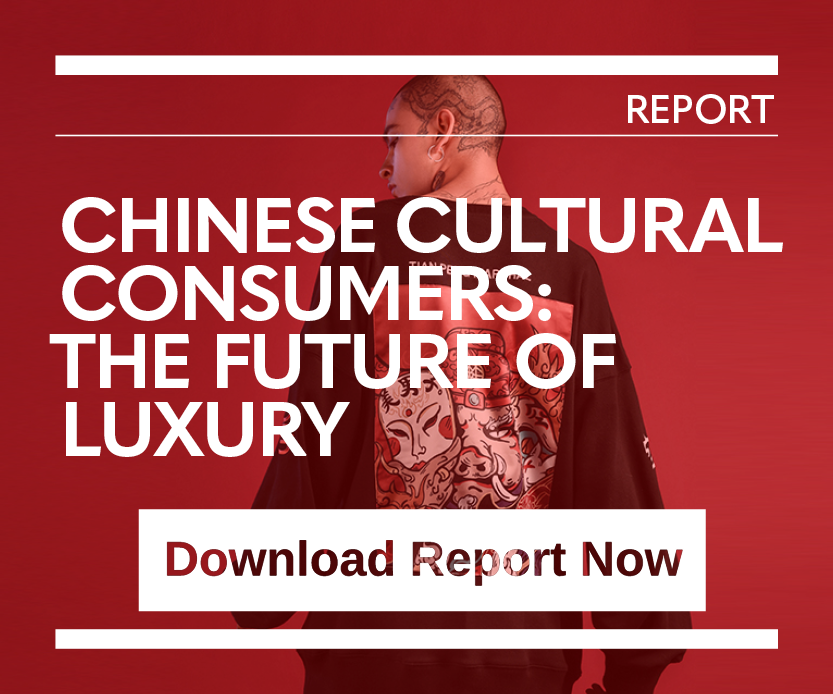Love them, hate them, or indifferent towards them, NFTs are now fully part of the arts and cultural mainstream. Crypto winter be damned, arts institutions worldwide are now incorporating digital art into their collections, hiring dedicated curatorial staff, collaborating with global tech giants on new digital initiatives, and rolling out Web3 initiatives at an ever-increasing pace.
But is all of this activity by museums and galleries serving to make Web3 elements like NFTs legitimate art forms (or collection classes) or just making them incredibly uncool?
According to one Futurism op-ed, it very well could be the latter. With an eye towards the recent New York Times article that identified the trend of major museums including digital art in their core collections and — in some cases — offering freshly minted NFTs for sale to visitors, the Futurism piece notes of museums getting on the NFT bandwagon:
Stale old city castles where the Web2 Olds go to look at real stuff? This is the exact type of bureaucratizing death that the web3 market probably fears most. […] But as so often happens when institutions co-opt whatever’s “cool,” they automatically make it dusty and lame, and in some ways even inaccessible. Even, again, if it already was all of the above.
Although it reads as judgmental and incredibly light on evidence to support the “uncool” hypothesis — museums are stale, they attract similarly stale older patrons (“olds”), therefore NFTs are lame — the piece brings up an interesting point for museums.
This is to say, it is more important than ever for curators and execs to figure out innovative ways to use what they’re doing in the Web3 space as a legitimizing factor.
Rather than seeming as if they are late to jump on a trend, institutions should actively market the ways they are taking the technology forward. A good example of this is MoMA’s collaboration with the digital artist Refik Anadol, highlighted in the aforementioned Times article, which included rapidly generating displayed digital artwork at the museum as well as selected NFTs for sale.
As it is displayed in the museum like any other work of art, and naturally was selected by a legitimate curator, the work itself and any derivative products are no less cool than any other works in the MoMA collection. And if a visitor chooses to buy an NFT of the artwork, that’s fine — just as it would be for the visitor to purchase a physical print in the gift shop.
The types of NFTs minted and sold by major global museums are not cartoon apes. They are created by artists working in the digital sphere, some of whom have careers stretching back to the earliest days of computer-aided or computer-generated art. Is this uncool? Like everything in the art and cultural space, that is in the eye of the beholder.




